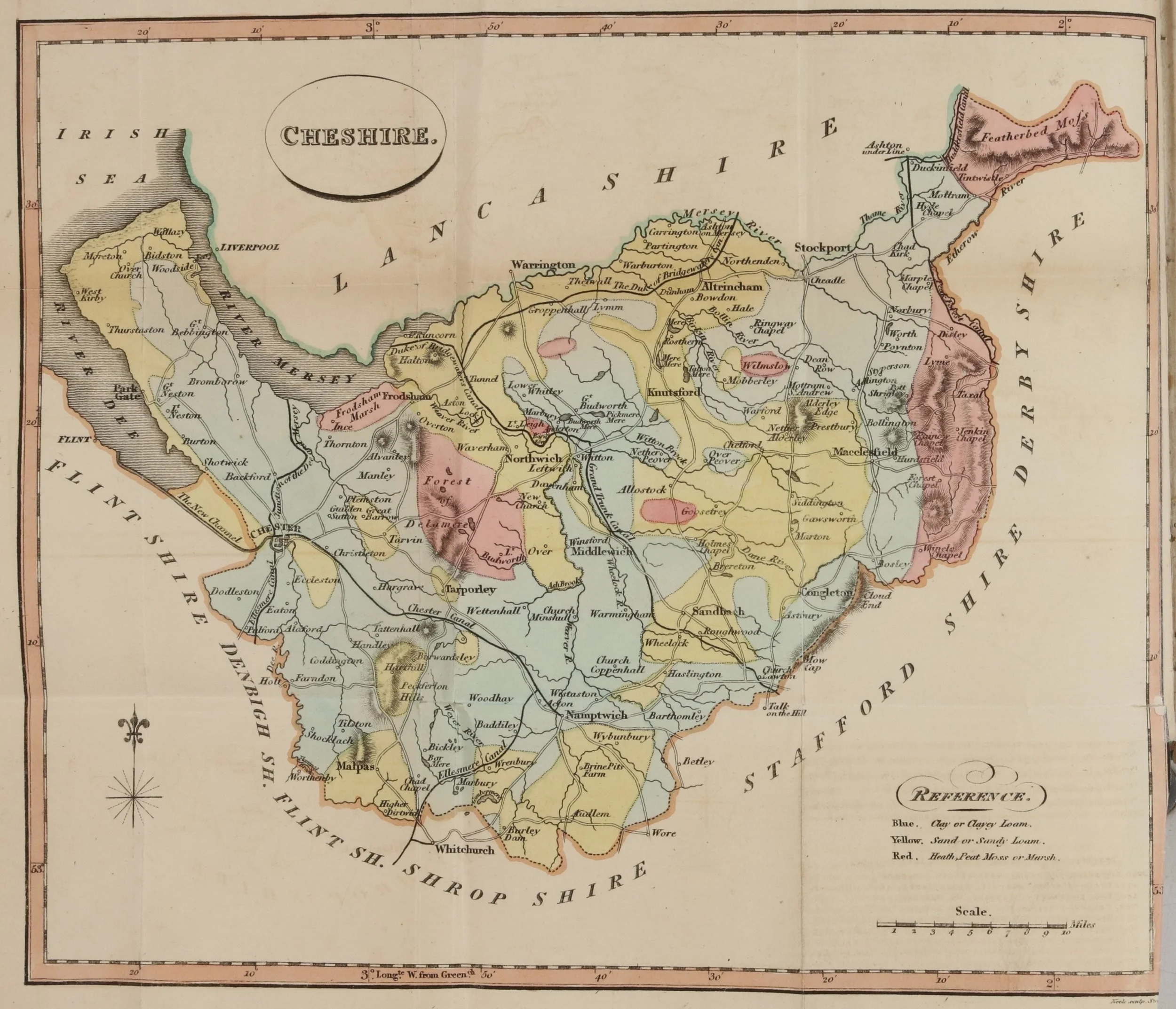A Crewe story

The archive images selected to appear on the building site hoardings are from collections that we will keep in Crewe and that you will be able to see in person when the new centre opens towards the end of 2025. They all tell just part of the Crewe story.
Henry Manley was born in Aston near Nantwich in 1828 and in 1861 held an auction at Cheshire’s first purpose-built livestock market. By 1901 his company’s Noted Horse Repository had opened as part of Crewe’s livestock auction complex that developed in Gresty Road, Middle Market and Barker Street. Train loads of horses left London arriving at the horse landing, a direct railway siding for Gresty Road. It was the second largest market for shire horses in the country.
Foden Trucks based in Sandbach developed from the agricultural equipment manufacturing company where Edwin Foden had served part of his apprenticeship and become a partner. He had served the remainder of his apprenticeship at the Crewe Railway Works.
The railway company designed and built Crewe’s infrastructure its streets and houses, churches and recreation facilities including Queens Park and its centre for adult education – the Mechanics’ Institute that was reconstructed on this site in 1930 and demolished to make way for the library by the late 1960s. Crewe’s new centre for archives and local history library will continue the tradition of learning for everyone on this site.
Teachers learning how to use new audio technology for a sound magazine in the 1950s appear in the photograph but the Cheshire County Training College for teachers began in the Mechanics’ Institute in 1908 until a purpose-built facility at Crewe Green opened in 1912. This was in response to a shortage of qualified teachers as primary school provision expanded across Cheshire.
Representing what Crewe means to the millions who pass through Crewe Station are the women of the Soldiers and Sailors Rest facility offering hospitality to servicemen changing trains at Crewe during the First World War. The other side of the story is told by two surviving visitors’ books in our collections offer a glimpse of who was passing through and their thoughts in 1918.
Town guides were published by local councils to attract residents and investment and this example stands out in its graphic design marking the optimism of the town in 1952 – a year after Midland Rollmakers began processing steel at their new works in 1951.












